All about matrices for TVs
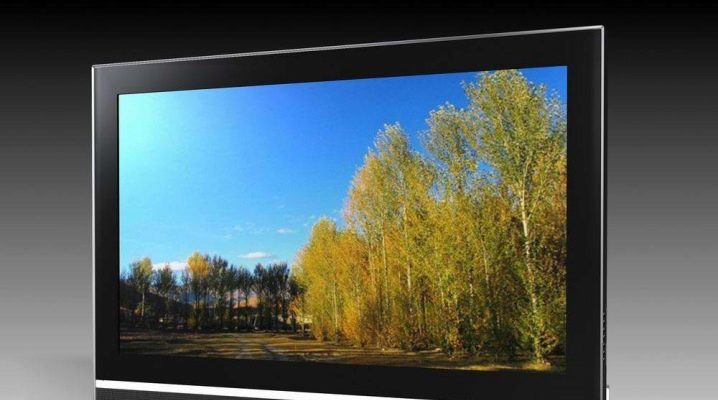
It was decided to buy a new TV or monitor ... In a home appliance store, eyes simply run up ... Different models with incomprehensible designations and characteristics: LED, LCD, IPS, OLED, VA. What it is and how to make the right choice in favor of this or that TV and monitor, read our article.
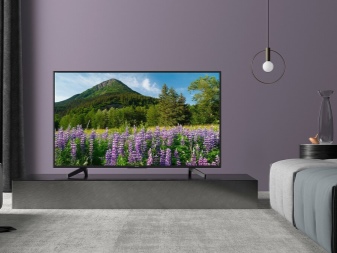
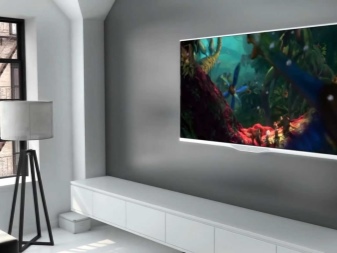
What it is?
The matrix is an important and most expensive part of a TV, the basis of its screen. Any LCD monitor or TV works due to the property of liquid crystals to change the polarization plane when a light flux passes through them, in proportion to the applied voltage. The liquid crystal matrix is a system of electrodes that are positioned vertically and horizontally. If you look at the matrix through a microscope or a special powerful eyepiece, you can see green, blue and red "particles". Most often they are rectangular in shape. Each of them is a subpixel. The three subpixels together are a pixel. To get an image, the light flux must pass through all the layers that make up the matrix. This is a polarizer, liquid crystals, a light filter and another layer of a polarizer.
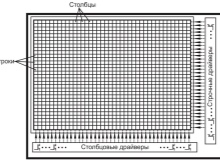
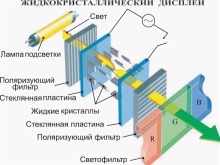
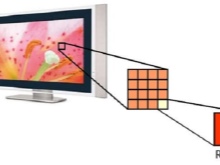
The vertically arranged columns are connected to a decoder (column driver). The horizontal and vertical rows do not touch. Their functions are controlled by a lowercase decoder. This device is also called an addressing counter.
This is how you can simply tell how the LCD panel works.
The types of matrices for TVs differ from each other. When a person goes to the store for a purchase, he will see the differences between them: the image of different models will be different.

Species overview
A matrix with different characteristics can be installed in each TV model. These parameters determine what the image and the nature of the color rendition will be. Let's compare them.
TN
This type (Twisted Nematic) is usually found in cheap TV models. Translated from English, the name means "twisted crystal". Liquid crystals in pixels are arranged in a spiral.
The advantages of such products are energy efficiency, budget price, response time less than 6 ms.
The disadvantages of this type are the different color of the same object, depending on the viewing angle of the beholder, and incomplete transmission of all colors. In order to slightly increase the viewing angle, a special coating (such as TN-Film) is sometimes used.
A TV with this type of matrix is suitable when viewed from a right angle. In this case, the image will be as close to real as this technology allows. If the furniture is located so that the TV will be viewed at an angle, it is better to opt for technology with a different type of matrix.
Another significant drawback is that “broken” pixels may appear on the screen, which are glowing and very noticeable. They can occur because, even in the absence of voltage, liquid crystals still transmit light.
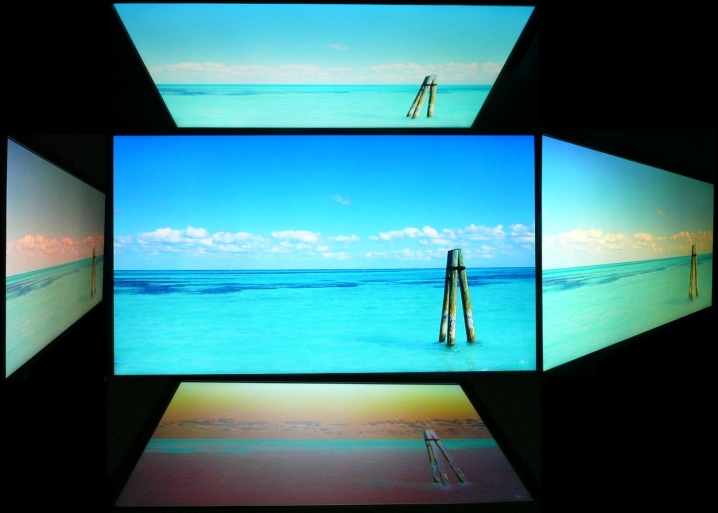
IPS
This type (In-Plane Switching) was developed by Hitachi. Its advantages are excellent color rendering, bright picture, viewing angle up to 178 ° (for VA type - up to 160 °). This angle makes it possible to see the same picture from different sides (top, side, straight ahead).
The price of multimedia devices with this type of matrix is much higher than others. The response time is also a little "lame". Only very expensive models have no problems with this.
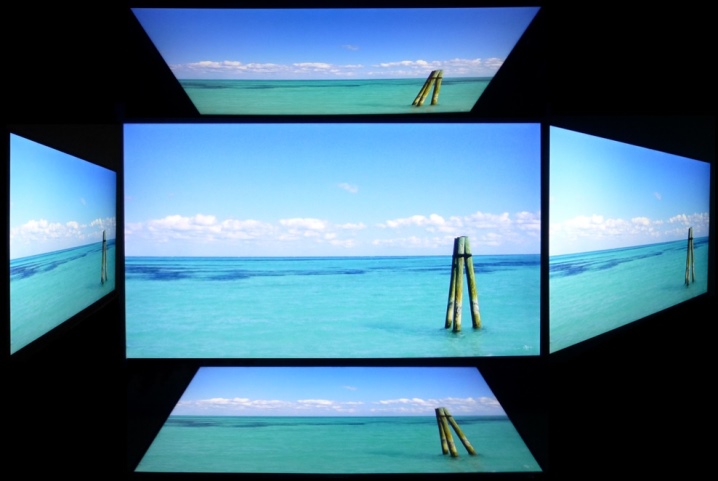
VA
This type (Vertical Alignment) has an abbreviation that translates to "vertical alignment". This is the brainchild of the Japanese company Futjitsu.
The optimal solution if you need to choose a monitor for computer games. The main advantage of this type of matrix is uniform illumination. The color rendition is good. The viewing angle is quite large, the response time is fast (up to 5 ms).
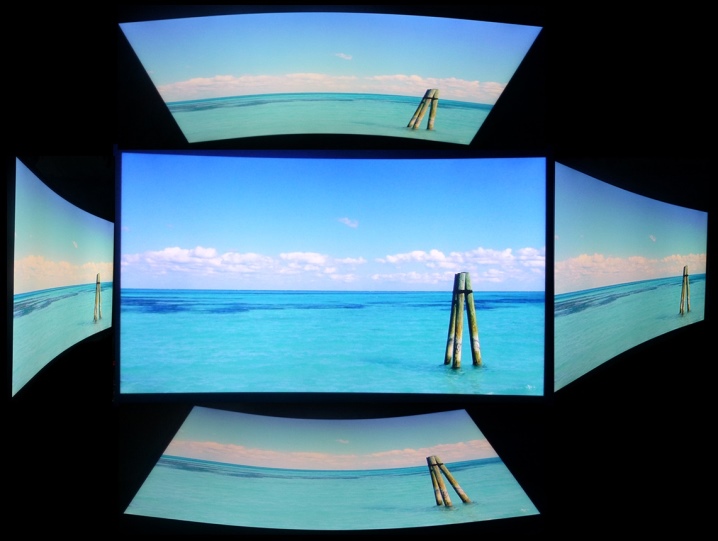
OLED
They are based on organic LEDs. Both RGB LED and WRGB models are commercially available. In the latter version, in addition to the main three-color LEDs, a white diode is also installed. The brightness, thanks to this technology, is increased. Black rendering is very realistic. The response time is minimal. These models have good performance and attractive design. They are super slim and look very modern.
Each of the pixels emits light. They can be switched on and off separately from each other. There may be glowing pixels next to black. Thanks to this technology, the effect of infinite contrast is achieved. Additional illumination is not required.
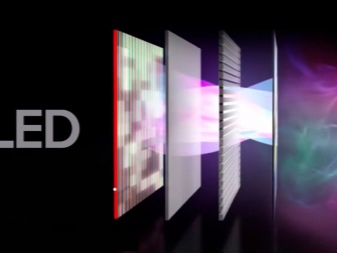
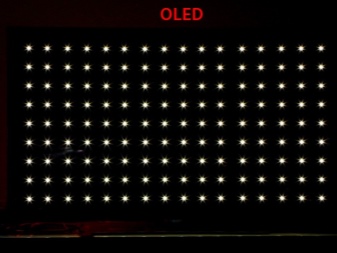
A negative factor when choosing a TV with such a matrix is the limited operating time of the LEDs. Thus, the Reds have a working resource of about 15 thousand hours, while the Greens have about 100 thousand hours. It follows from this that the longer and more the device works, the worse its color rendering becomes.
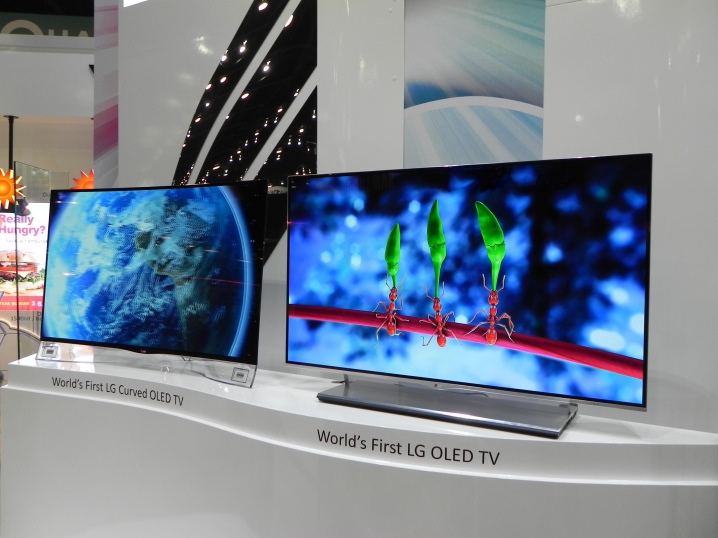
ULED and QLED are distinguished by the presence of blue dot illumination, as well as the presence of green and red quantum dots. RThe result is the formation of spectral white light. This expands the color gamut displayed on the screen. The technique on which such matrices are installed can convey an absolutely white or pure gray color. Such matrices are suitable for connoisseurs of a beautiful picture and high-quality color reproduction. These are the most modern matrices.

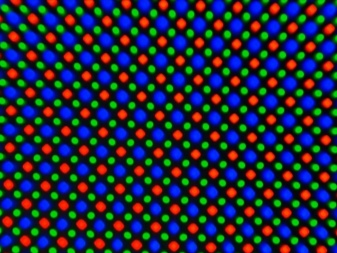
If the matrix breaks down, it can be replaced with another one. Interchangeability is an interesting feature of matrices. If they are the same size, this may already mean that they are suitable for replacing each other.
You need to choose not by the name of the TV model, but by compatibility. You can find out by marking.
This is easy to do. You need to remove the rear cover on the TV. And find the information you need. It is usually located above the serial number, next to the model name of your TV or monitor. In some cases, when replacing a matrix with another, you will have to reflash the scaler.
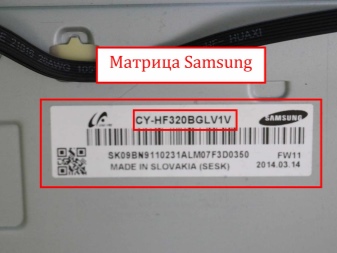
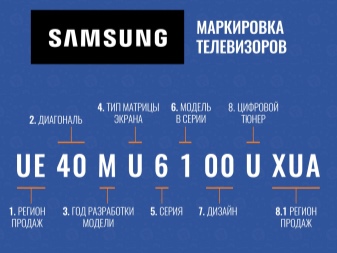
How to find out the type?
To determine the type of matrix, sometimes it is enough to look at the manufacturer's documents. However, this can be done independently, by paying attention to external signs.
- The VA type will show itself on examination by the fact that the colors in it will fade earlier.
- If you slide your finger gently across the screen, a visible trace is left. This means that the VA matrix is installed.
- The black color on the IPS-type matrix is slightly bluish.

Popular manufacturers
One of the largest manufacturers of LCD TVs in the world is the well-known company Samsung. The considered elements are also produced by such brands as LG, NEC, Toshiba, Hitachi.
Most of the factories for the production of dies are located in China, Taiwan.
Among local Chinese manufacturers, BOE and China Star Optoelectronics Technology (CSOT) are the leaders in mass production.
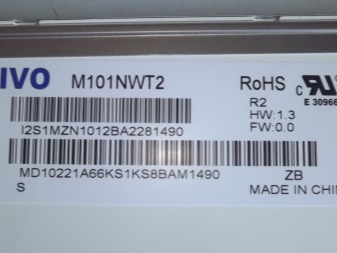
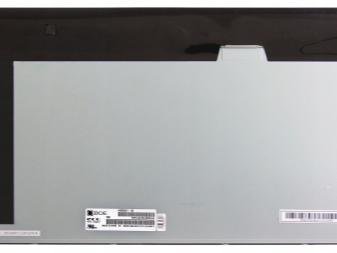
Which one is better to choose?
In order to choose the right one or another TV model, you must first decide for what purposes it will be used. You should also pay attention to the fullness of your own wallet. If there is a financial opportunity, then it is better to choose the option with an expensive matrix. Although the needs must also be taken into account. If the requirements are not high, then you can choose a technique with a TN matrix. Such TVs most often have a diagonal of no more than 43 inches. Such a TV can also be used as a monitor.
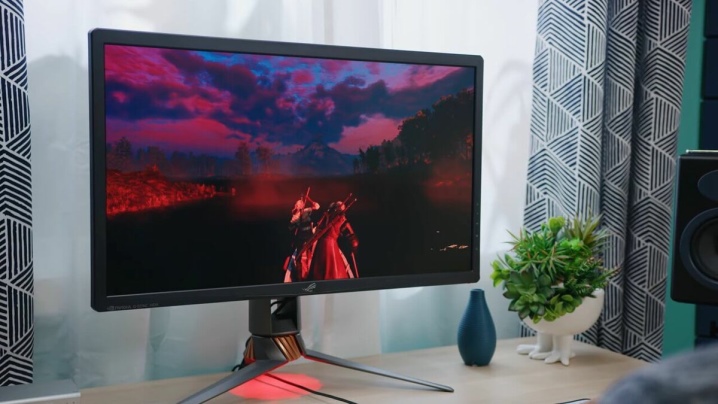
Technique with a TN matrix type will do:
- fans of dynamic computer games;
- those who want to save money on purchases;
- those people who need a TV with a diagonal of 23-24 inches, for example, in the kitchen or in the country.
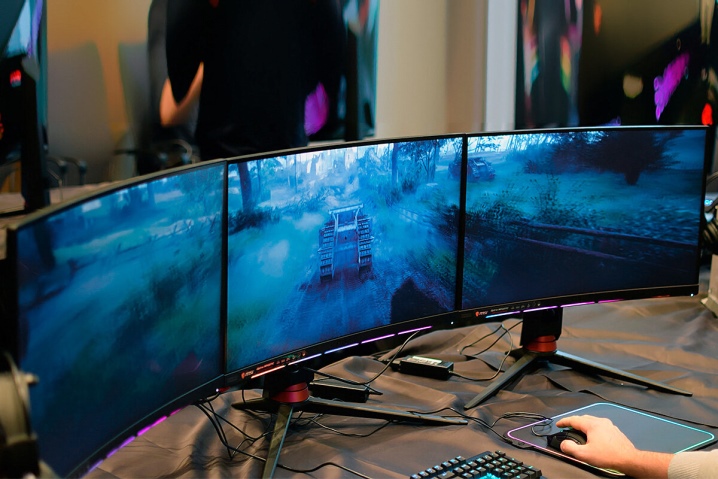
The IPS technology is optimal for:
- designers and those who work with photographs;
- large families (they probably watch TV from different places in the room, the picture will be the same for everyone, without distortion, great for home theaters);
- lovers of playing strategy games.
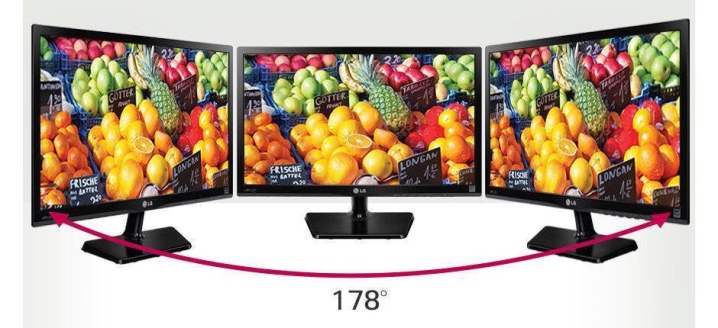
VA-type matrices are well suited for small spaces. Color rendition is slightly worse than that of IPS matrices. Devices with such matrices are of the middle price category.

If color reproduction is important, then you need to choose a technique with matrices such as IPS, OLED, QLED. Their picture looks the most realistic.
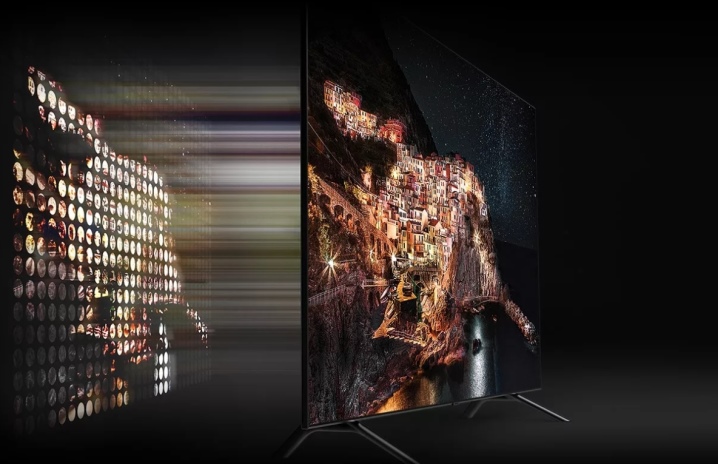
The most popular models on the home appliance market are models equipped with OLED matrices. This technology has tremendous advantages over others. Its distinctive features are deep black color, no flare on the sides.
It is also advised to rely on your eyes when choosing a technique. People may have slightly different perceptions of color, brightness, contrast. Therefore, you can trust yourself and take the TV that suits your individual preferences.
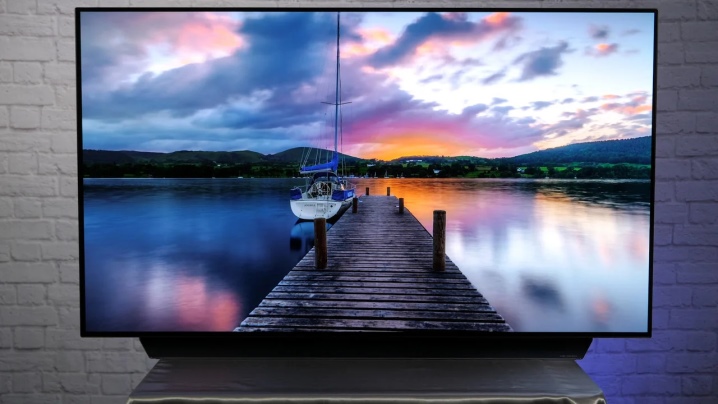
New technologies are advancing by leaps and bounds. A couple of years ago, 4K TVs were still a novelty for many. Now they are bought much more often. In TVs that support this format, the following types of matrices are usually installed:
- VA;
- IPS;
- QLED.
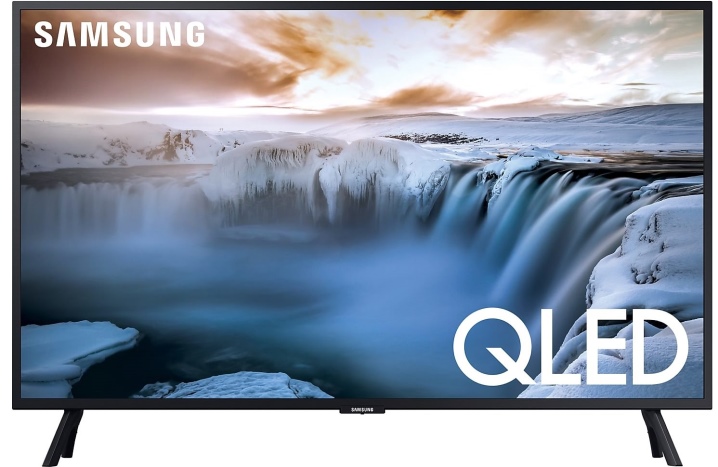
How to check for performance?
To check the performance of the matrix, you need to conduct a test. To do this, use test pictures downloaded to a USB flash drive. These are white, green, red and blue color fields.
In monochrome pictures of a similar plan, you can see broken pixels. They can be seen for sure using a cell phone camera.
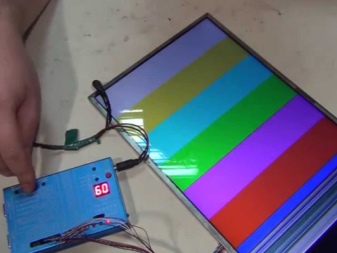
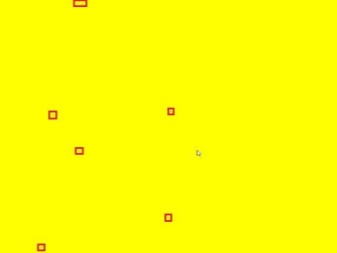
It is also worth checking the TV image against a gray background. Sometimes significant defects can be seen only on it, for example, a polarizer defect.
You should also look at the real image on the TV. It happens that a dark spot is slightly noticeable on a gray background. But in a realistic picture, it is not visible. This defect is insignificant. You can buy a TV set, because no one can see such a speck on a huge screen, and even from a distance of several meters.
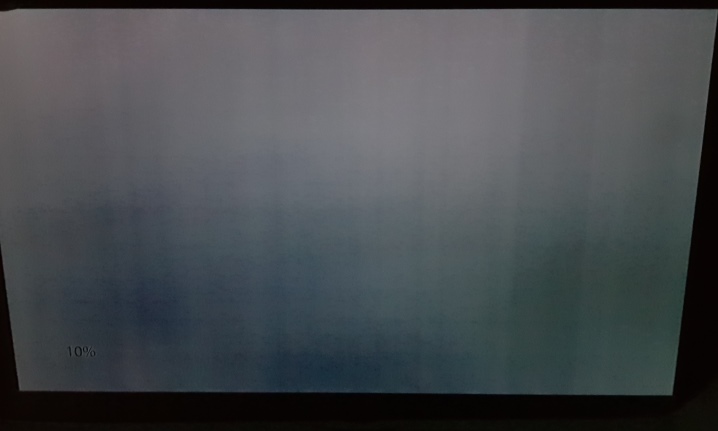
Checking the TV for uniformity of LED backlighting is carried out on a dark background. You need to make sure that there are no big "flares". Most manufacturers do not consider small irregularities in the backlight to be a defect. The TV set may not be replaced if the defect is discovered later.
If a person likes to watch TV before bedtime, with dimmed or completely turned off lights, then the presence of a defect in the backlight can be a very unpleasant surprise. Therefore, before buying, you should carefully and slowly check the image.
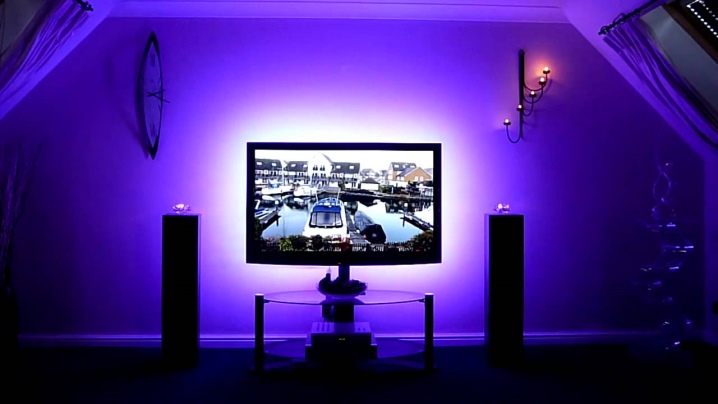
Possible defects and malfunctions
If, after buying a TV, dead pixels were found, then after a while vertical stripes on the screen may appear. This defect can also appear in the form of horizontal stripes. Most often there is one line. Sometimes there are several of them. The color can be black or green, red, blue. It depends on which pixels are affected.
On a gray or white background, you may also notice "colored spots". Manufacturers consider this defect to be acceptable. For this reason, the TV will not be exchangeable.
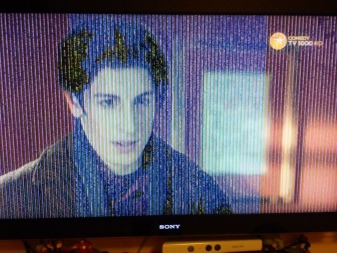
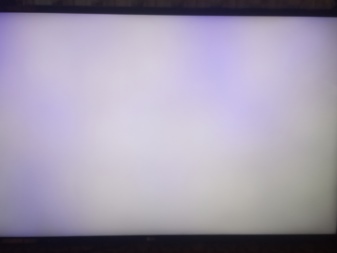
Dark corners can also be seen against a light background. It also does not count as a marriage. If the dark spots are large in size, and the screen size is small, it will not be very pleasant to watch TV. Therefore, the store needs to be careful about checking the image.
If a crack appeared on the matrix, it means that it was subjected to mechanical stress, which was the reason that it burst. Usually, even with the TV turned off, it is noticeable that the matrix is damaged.But sometimes there are cases that a crack can be detected only by turning on the TV to the network. There will be no image on the screen at all, or only some part of it. Most often, only colored stripes are visible, and the part of the screen where the matrix is cracked is completely black, as if with smudges.
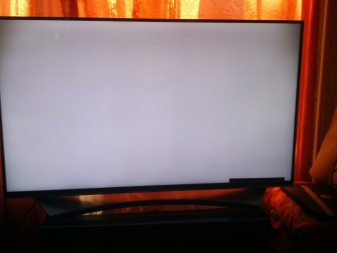
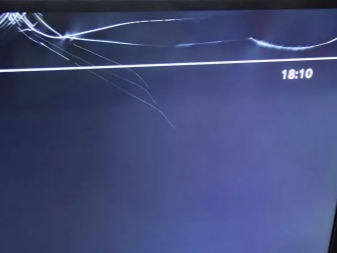
Mechanical damage can also occur from the ingress of liquid inside the device.
Dark circles on the matrix may be a factory defect. And they may appear due to the ingress of dust or moisture into the body of the product. Usually such circles are easy to clean.
But you should not disassemble the matrix yourself - you need to contact a specialist, otherwise damage may occur. Then, instead of inexpensive repairs, you will have to "fork out" to buy a new matrix or TV.
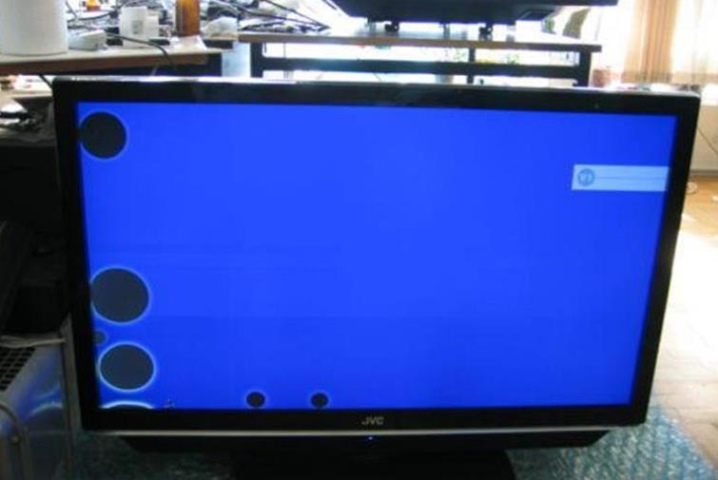
It is worth remembering that small flares, light or dark stripes, spots, small in diameter, and even dark and luminous individual points can be present on TV screens. Even on expensive models. Each manufacturer has its own tolerances for minor defects. Therefore, the goal of the buyer is to find a TV without defects or with a minimal, almost invisible to the eye.
Sometimes matrices "burn out". Burnout occurs in some places. Usually in those where blue or white colors are more often used. The main reason for this process is that the life cycle of different light components is different, so the color rendition changes over time.
It is not recommended to repair a TV or monitor on your own in the event of a breakdown. If connected incorrectly, the matrix may burn out. You should contact a specialized service center.
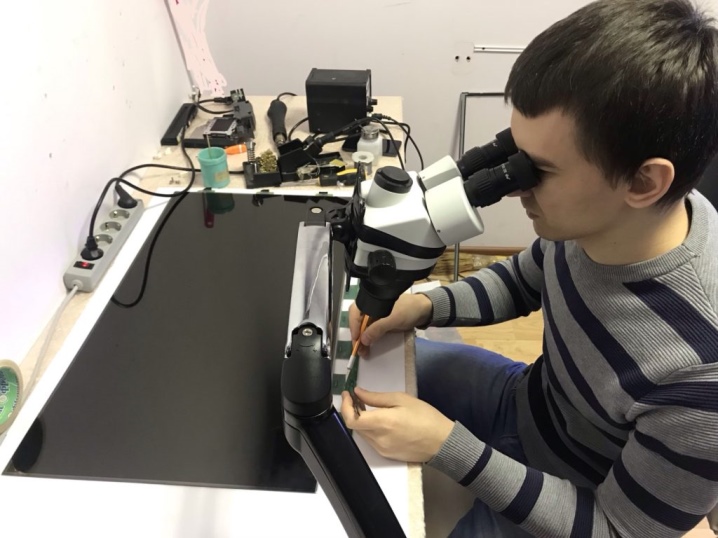













The comment was sent successfully.